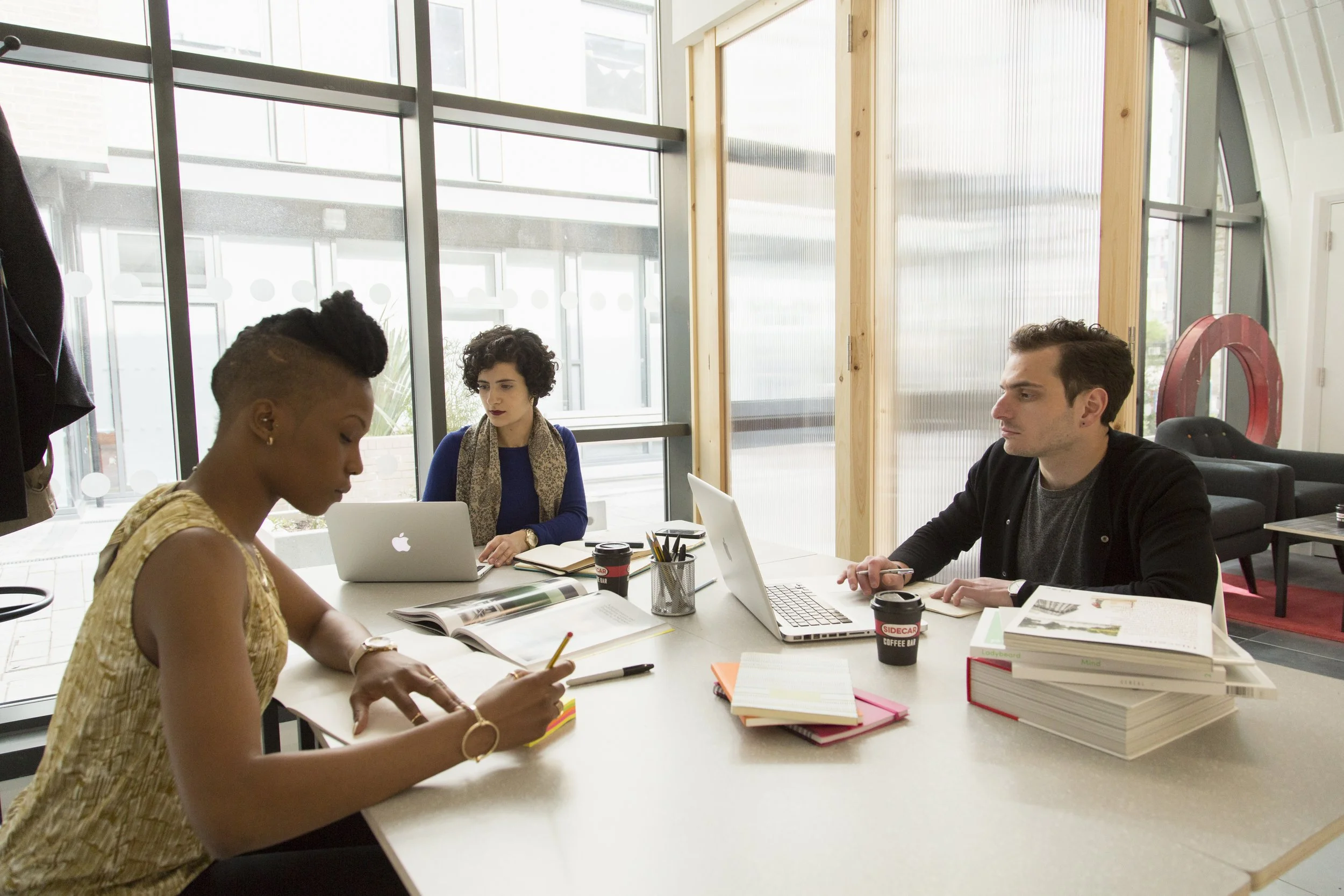5 Key Considerations for Your Office Viewing
Office viewings are a critical step in securing the ideal workspace for your team. They’re your chance to gauge the surrounding amenities and how well the space suits your business’s unique needs. With so many factors at play, it’s easy to feel overwhelmed. To help you navigate the process with confidence, we’ve broken down the top five aspects you should focus on during your viewing.
1. Confirm the Square Footage
Why It Matters:
Knowing the exact square footage of a potential office space is crucial. You likely have an estimate in mind for how much room your team requires, but seeing it in person lets you verify that the layout matches your expectations.
What to Look For:
Visualize the Layout: Does the space flow well?
Office Type Differences: Serviced offices might include shared meeting areas, while managed offices generally require more personal desk space.
2. Evaluate the Shared Areas
Why It Matters:
The shared spaces set the tone for your office’s atmosphere and daily functionality. These areas, from breakout spaces to kitchens, are where your team will unwind and collaborate.
What to Look For:
Comfort & Design: Check for comfortable seating, stylish decor, and an inviting ambiance.
Essential Facilities: Are the kitchens stocked with the basics? Are breakout areas conducive to collaboration?
3. Review the Available Amenities
Why It Matters:
Amenities can dramatically enhance your team’s day-to-day experience and the overall value of your office space. While basic services like high-speed internet and cleaning might be included, extra perks can make a real difference.
What to Look For:
Included vs. Extra Costs: Determine which amenities are part of the monthly fee and which come at an additional cost (e.g., meeting rooms, free tea and coffee).
Booking Processes: For shared facilities like meeting rooms, ask about the reservation process.
4. Evaluate Future Growth and Flexibility
Why It Matters:
Your current space may be perfect for today, but your business could evolve. It’s important to consider whether the office can grow with you or adapt to changing needs, saving you the hassle and cost of another move down the line.
What to Look For:
Scalability: Is there room to expand if your team grows? Can you easily reconfigure the layout or add more desks?
Flexible Lease Terms: Check if the lease allows for modifications, such as scaling up or reducing space without hefty penalties.
Adaptability: Consider whether the space supports various working styles and can accommodate both private and collaborative environments as your needs change.
5. Consider the Location and Surroundings
Why It Matters:
The office’s location plays a crucial role in the overall success of your business. Not only does it affect daily commutes and accessibility for employees and clients, but it also influences your brand’s image and future growth opportunities.
What to Look For:
Transport Links & Accessibility: Check if the office is well connected by public transport and has convenient road access.
Local Amenities: Evaluate the nearby cafes, restaurants, banks, and other services that can support your team’s day-to-day needs.
Neighborhood Reputation: Consider the safety, vibrancy, and professional image of the area. A prime location can enhance client perceptions and aid in talent attraction.


